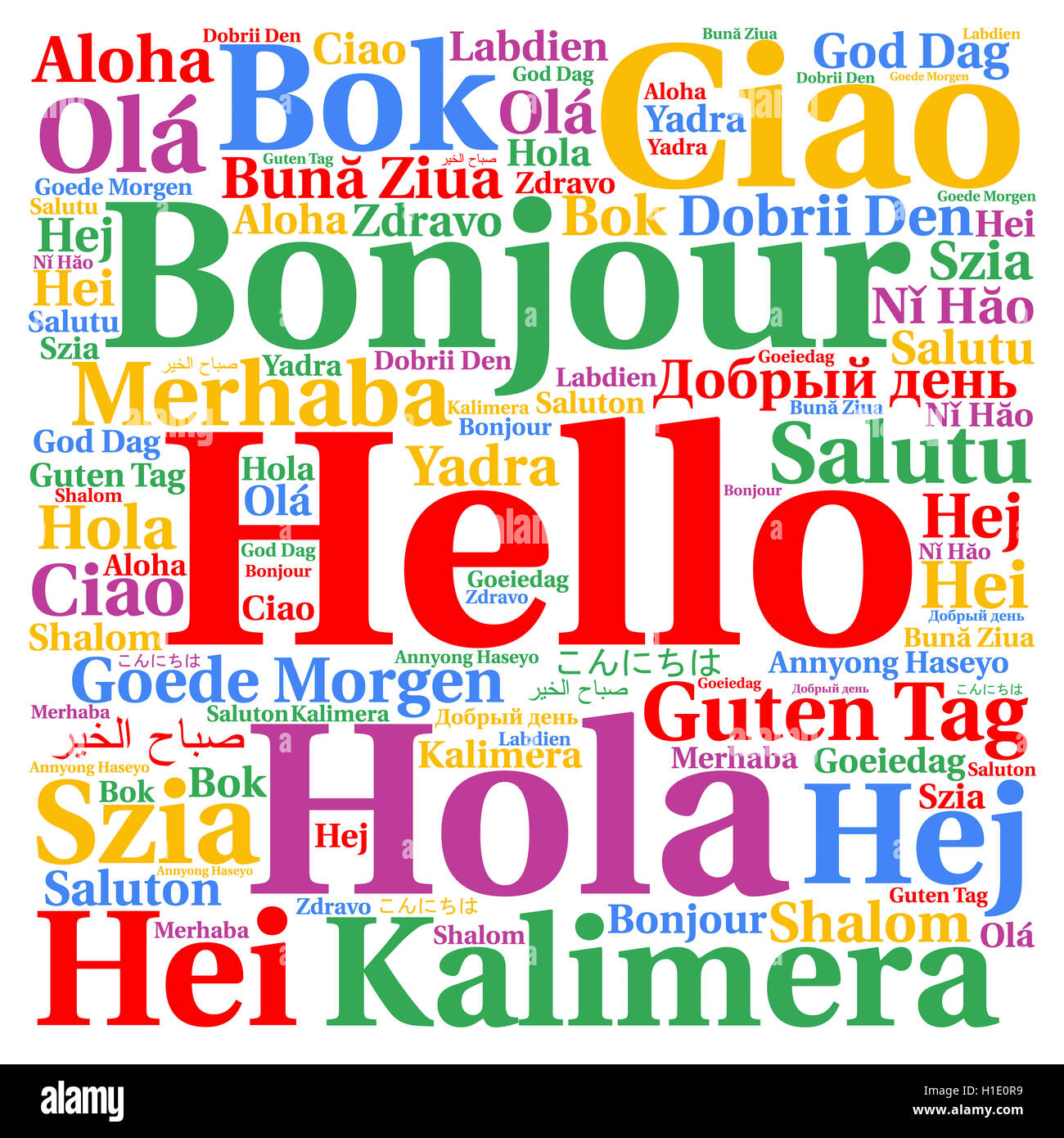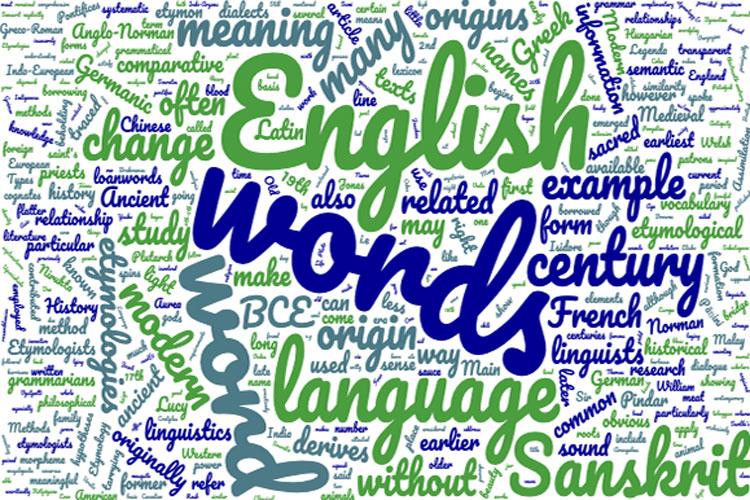The Fascinating Origin and Evolution of the Word Hello
Early Foundations
The earliest record of the word “hello” can be traced back to the 1860s when it started appearing in published works. One such early use was in an 1833 American book called The Sketches and Eccentricities of Col. David Crockett, of West Tennessee. This book was later reprinted in 1833 in The London Literary Gazette, indicating the word was already in use in both America and Britain in the early 19th century. According to the Oxford English Dictionary, the word “hello” is derived from earlier forms such as “hallo” and “hollo”, which originated from the Old High German words “halâ” and “holâ”. These were emphatic imperatives used to call out, especially when hailing a ferryman to fetch or transport people across. Variations like “halloo”, “hallo”, “hollo”, “hullo” and “hillo” also existed due to variation in vowel sounds between and around the “h” and “ll” phonemes.

Association with Telephones
The adoption of “hello” as the standard greeting for telephones is widely credited to Thomas Edison in the late 1870s. In 1877, he wrote in a letter suggesting the word could be heard from 10-20 feet away, making it suitable for use with his new inventions, telephones and microphones. Alexander Graham Bell had initially used “Ahoy” as the telephone greeting but “hello” quickly became normalized. By 1889, telephone operators were known as “hello-girls” solidifying the connection between greetings and telecommunications. The telephone helped popularize “hello” globally due to the need for a recognizable standard greeting without context of time, place or speaker. Variant spellings reduced as its simplicity lended itself well to the new communication medium.
Development and Rising Dominance
In the late 19th century, “hello” emerged as the leading greeting among the variants as its spelling proved most recognizable over phone lines. By the early 20th century, it had eclipsed older forms like “hullo” almost entirely through widespread telephone use. Though often associated with phones, “hello” retained other uses as well. It served to gain attention when first calling out to someone as well as expressing surprise or encouragement. Even today it plays this dual role as a call for attention like “Hello, is anyone there?” or indicating astonishment such as “Hello, what’s this?”.
Influence in Popular Culture
The simple greeting “hello” took on greater significance through popular culture in the 1900s. An iconic early computer program “Hello World” ingrained it as the first lines of code for generations of programmers. In music, songs like “Hello, Dolly!” from 1964 and “Hello” by Adele from 2015 made memorable entries for “hello” into mainstream pop culture. Telephones themselves became ubiquitous household items over the 20th century, sustaining the word’s link to communication technology.
Etymological Origins
Tracing “hello” back even further, some suggest it ultimately derives from the Old English phrase “hal béo þu” meaning “hale be thou”, wishing someone good health. Bill Bryson proposed this etymology in his book “Mother Tongue” tracing greetings like “hello” and “goodbye” to Old English roots. Lexicographers have connected “hello” to earlier exclamations like “holla” of French origin used to call attention or command “whoa!”. Variations appeared in languages like German where “hallo” directly translates to English as “hello”.
Widespread Adoption
By the turn of the 20th century, “hello” had been globally embraced as the common telephone greeting and casual salutation across the English speaking world. Even remote communities quickly adopted the simplicity of this new international greeting for telephonic communication. Regional nuances still existed, for instance some retained the pronunciation “ello” but it was universally recognizable. English spread “hello” as a global linguistic artifact through colonization, literature, media and technological innovations. Arising seemingly arbitrarily, it became one of the most universally understood words in the world.
Evolving Usage
While “hello” originated as a call for attention or expression of emotion, today it serves primarily as a polite greeting regardless of acquaintance level. However, context and non-verbal cues still impart Friendliness, formality and attitude. Variations abound from casual “hey” to more formal “good day”. Text, email and social media usher in novel greetings blending other languages, slang, abbreviations and emojis. “Hello” nevertheless endures with over 160 years of continuous use demonstrating remarkable staying power. Its flexibility lends to dynamic cultural reinvention ensuring ongoing relevance in a rapidly changing world of communication.
Legacy of a Simple Word
Part of what enabled “hello” to spread was its extremely short, sharp and sweet quality. Consisting of just two syllables, it proved perfectly adapted to the needs of the** telephone as an attention-grabber and identifier. From these humble beginnings, “hello” grew to become one of the most familiar words on Earth.
Its **evolution revealed how cultural practices like new technologies can uplift arbitrarily-coined expressions to global significance. Today, “hello” maintains its place as the primary telephone, online and casual greeting throughout English-speaking societies. Though syntax and slang change, this remnant still thrives - a reminder of our shared traditions and human connections that transcend time.
